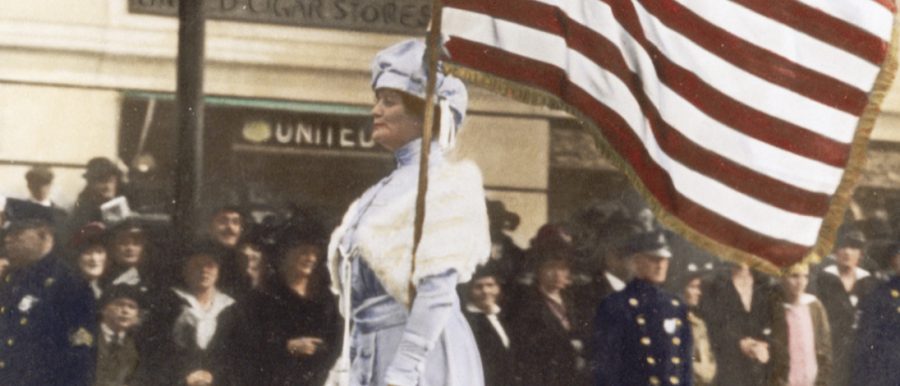Woman’s Rights: A Constant Fight For Equality
The past several decades have seen significant advancements in women’s rights, with progress made in areas such as education, employment, politics, and social attitudes. While there is still much work to be done to achieve full gender equality, recent progress has been significant and worth celebrating.
One of the most significant advancements in women’s rights was the passage of the Civil Rights Act of 1964, which banned discrimination based on gender, race, religion, or national origin. “ Discrimination doesn’t belong in our modern-day society, and greater measures should be taken,” said Mary Lopez, a senior HGM student at North Hollywood Highschool.
This law opened up new opportunities for women in education, employment, and other areas. “The Civil Rights Act really changed the way our country works, and it really laid out the foundations for change in the U.S. and around the world,” said Lopez.
It also paved the way for other laws and policies that furthered women’s rights, such as the Equal Pay Act of 1963 and the Title IX legislation of 1972, which prohibited gender discrimination in education.
“Although women don’t get paid the same as men 60 years after the Equal Pay Act was enacted, I still believe that equal pay is possible. We just have to keep fighting for our rights, and teaching our children better,” said Jaymee Muñoz, a sophomore SAS student enrolled at North Hollywood High.

The 1960s and 1970s also saw the emergence of the women’s rights movement, which brought attention to issues such as reproductive rights, domestic violence, and workplace discrimination. Women marched, protested, and lobbied for change, resulting in significant gains in legal protections and social attitudes.
Recently, however, Roe V. Wade, a ruling that established the constitutional right to an abortion was overturned.
“I think it’s ridiculous and absurd that in our day and age, we’re still fighting for the rights to our own bodies. You would think that since we’re a first-world country and all, our citizens would at least have rights to their bodies,” said Gina Hovhannisyan, a freshman Zoo student at North Hollywood High.
Despite this setback in the advancement of women’s rights, there is still hope, as many states have become safe havens for those in need of abortion such as Oregon, California, Nevada, and Florida among many others.
In recent years, women have made significant strides in politics. The United States saw its first female vice president, Kamala Harris, in 2021, and other countries have elected female heads of state and government.
“I think representation matters more than people think. Little girls all across the country, even the world, need strong figures that they can look up to and say ‘I can be like her too,” said Muñoz.
The number of women in elected office has also increased, with more women serving in Congress and state legislatures than ever before.
Women have also made gains in the workforce, with more women entering traditionally male-dominated fields such as science, technology, engineering, and mathematics (STEM).
Women now make up a larger share of the workforce and are more likely to hold managerial and executive positions than in the past. However, there is still a gender pay gap, with women earning less than men on average.
In terms of social attitudes, there has been a shift toward greater acceptance of women’s rights and gender equality. Women are now more likely to be seen as capable leaders and decision-makers, and there is less stigma attached to women who choose not to have children or pursue traditionally male careers.
“ If women were more involved in male-dominated fields such as science and technology, then our society would be further advanced than it is right now.” Said Emily Lesage, a junior cheerleading captain at Ulysses S. Grant Highschool.
Despite these advancements, there are still many challenges facing women, including ongoing gender discrimination and violence against women. Women continue to face barriers to equal opportunities and access to resources, and more work needs to be done to address these issues.
Your donation will support the student journalists of North Hollywood High School. Your contribution will allow us to purchase equipment and cover our annual website hosting costs.

